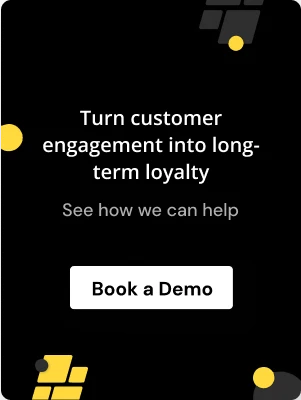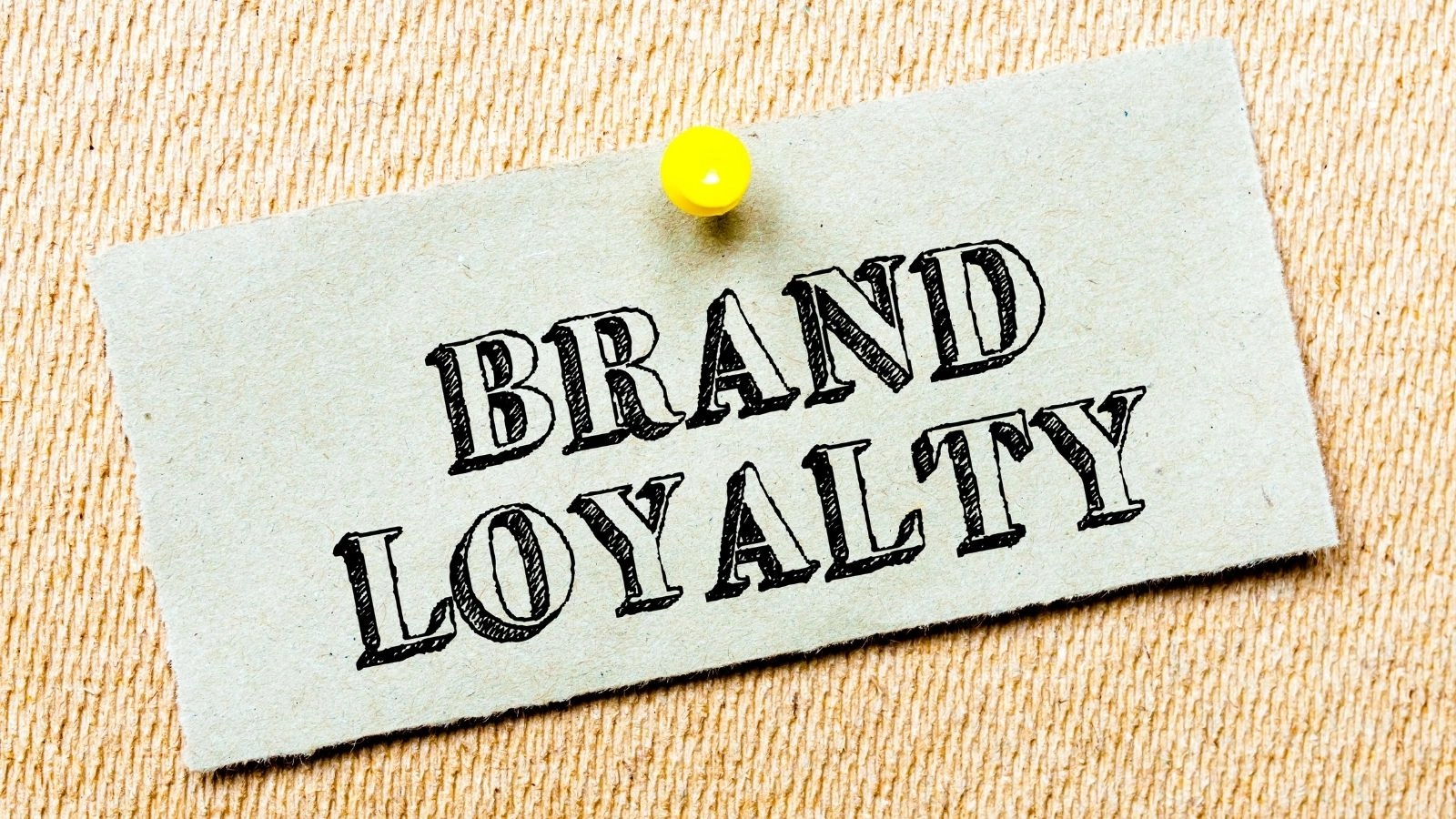.avif)
.avif)
Introduction
In the digital age, data is king. For businesses running loyalty programs, the wealth of data these initiatives generate can be a goldmine for optimization and growth. But how can you effectively harness this data to enhance your loyalty program? This guide will explore the power of data analytics in loyalty program optimization, providing actionable insights to help you boost customer engagement and drive business results.
The Importance of Data Analytics in Loyalty Programs
1. Enhanced Customer Understanding: Gain deep insights into customer behavior and preferences.
2. Personalization: Tailor rewards and communications to individual customer needs.
3. Predictive Modeling: Anticipate customer behavior and proactively address potential churn.
4. ROI Measurement: Accurately track and improve the return on your loyalty program investment.
Key Data Points to Collect and Analyze
1. Transaction Data
• Purchase frequency
• Average order value
• Product preferences
2. Engagement Data
• Program participation rates
• Reward redemption patterns
• Communication responsiveness
3. Customer Demographics
• Age, location, gender
• Lifestyle indicators
• Customer segments
4. Feedback and Surveys
• Customer satisfaction scores
• Net Promoter Score (NPS)
• Open-ended feedback
Steps to Leverage Data Analytics for Loyalty Program Optimization
1. Set Clear Objectives: Define what you want to achieve with your data analysis. Examples include:
• Increasing customer retention rates
• Boosting average order value
• Improving reward redemption rates
2. Implement Robust Data Collection Systems
• Integrate your loyalty program with your CRM and POS systems
• Use APIs to connect various data sources
• Ensure data privacy compliance (GDPR, CCPA, etc.)
3. Clean and Organize Your Data
• Remove duplicates and correct errors
• Standardize data formats
• Create a single customer view by merging data from different sources
4. Conduct Descriptive Analytics
• Analyze historical data to understand past performance
• Identify trends and patterns in customer behavior
• Create dashboards for easy visualization of key metrics
5. Apply Predictive Analytics
• Use machine learning algorithms to forecast future behavior
• Identify customers at risk of churning
• Predict which rewards will be most appealing to different customer segments
6. Implement Prescriptive Analytics
• Generate actionable recommendations based on data insights
• Create automated triggers for personalized offers
• Optimize reward structures based on customer preferences
7. Personalize the Loyalty Experience
• Tailor rewards to individual customer preferences
• Customize communication channels and frequency
• Create personalized challenges or goals for each customer
8. Continuously Test and Optimize
• Conduct A/B testing on different program elements
• Regularly review and adjust your loyalty program structure
• Stay agile and responsive to changing customer needs
9. Monitor and Measure Results
• Track KPIs related to your objectives
• Regularly report on program performance
• Calculate and optimize Customer Lifetime Value (CLV)
10. Leverage Advanced Technologies
• Explore AI and machine learning for deeper insights
• Consider blockchain for enhanced security and transparency
• Investigate IoT integration for omnichannel loyalty experiences
Do you know?
The 2020 Loyalty Barometer Report by HelloWorld found that 77% of consumers say loyalty programs make them more likely to stay with brands.
Overcoming Common Challenges
1. Data Silos: Implement a centralized data management system
2. Data Quality: Invest in data cleaning and validation processes
3. Privacy Concerns: Ensure transparent data practices and robust security measures
4. Skill Gaps: Train staff or partner with data analytics experts
Conclusion
Data analytics is a powerful tool for optimizing loyalty programs, enabling businesses to create more personalized, engaging, and effective initiatives. By collecting the right data, applying advanced analytics, and continuously optimizing based on insights, you can transform your loyalty program into a dynamic engine for customer retention and business growth.
Remember, the key to success lies not just in collecting data, but in turning that data into actionable insights that drive meaningful improvements to your loyalty program and overall customer experience.
FAQs
Start Building Customer Retention That Lasts








